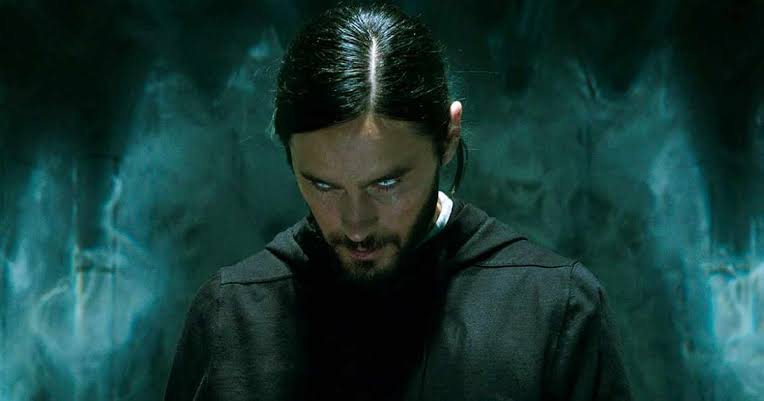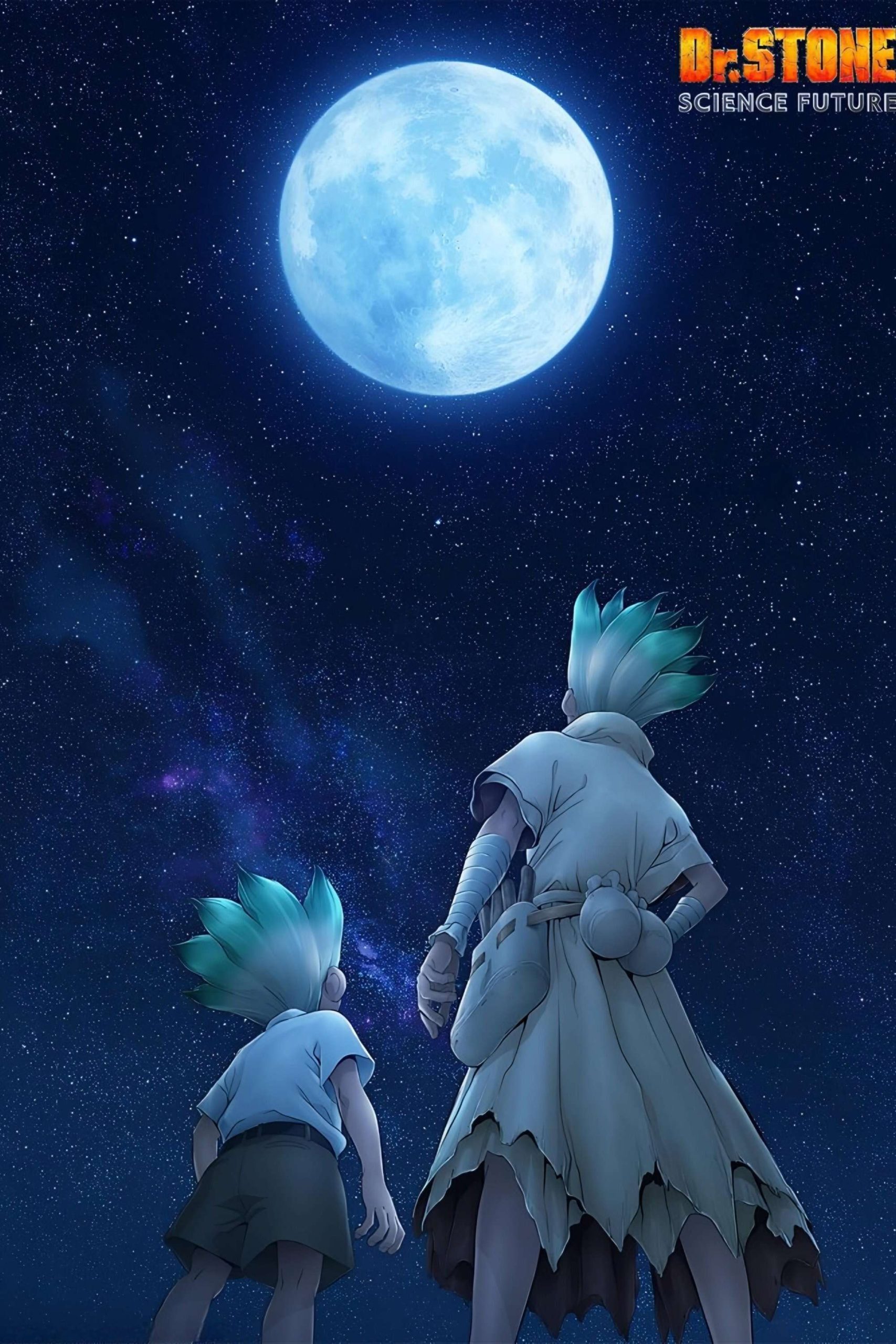
Movie Review: Morbius
Download it here 👉 Morbius
Dr. Michael Morbius (Jared Leto), the title character of Columbia Pictures’ MCU-neighboring semi-thriller “Morbius,” is a “living vampire.” melding his DNA with vampire bat DNA trying to fix the interesting, lethal blood infection that has been tormenting him since youth.
The combination gave him super speed, super strength, echolocation capacities, and a hunger for blood that is just to some degree satisfied by the counterfeit substitute for which Morbius rejects a Nobel Prize toward the start of the film. (Why? Once more, you’re posing such a large number of inquiries.) to put it plainly, he’s a science vampire. (All in all, as on the off chance that Batman was a specialist? Wrong universe, however close.
Loxias Crown (Matt Smith) Morbius’ closest companion turned most noteworthy foe, transforms himself into a vampire utilizing Morbius’ equation. However, we couldn’t say whether he passed on all the while. That grouping is left off screen, because of reasons probably attached to the many reshoots and postpones that hampered “Morbius” on its excursion to the big screen. Furthermore, different characters pass on and reawaken in the wake of tasting Morbius’ blood, a heavenly change that doesn’t include — as Morbius himself puts it at one point — “science stuff” by any stretch of the imagination. So, the idea of Morbius’ hardship is untidy and problematic and not worth pondering for in excess of a couple of moments, a quality that stretches out all through Daniel Espinosa’s illegitimate hero/frightfulness half and half.
The essential push of the plot is that Morbius — a big name researcher whose lab is financed by Crown’s family fortune — is directing trials morally sketchy enough that all elaborate believe it best to seek after them on worldwide waters. That is no issue, given Crown’s huge abundance. However, the repercussions of the examination’s most memorable human preliminary leaves eight mariners dead, and soon their bodies are found on a phantom boat similar as the one that harbors Count Dracula toward the start of Bram Stoker’s book. (That is not “Morbius'” just reference to other, more sound vampire stories: The boat is named the Murnau, after the head of “Nosferatu”.
From that point, Morbius — who, as you might have previously speculated, was transformed into a “living vampire” during the examination — is apparently being scrutinized by the FBI. However, Agents Rodriguez (Al Madrigal) and Stroud (Tyrese Gibson) make a horrible showing following him, considering that he gets back to his lab with his partner and old flame Dr. Martine Bancroft (Adria Arjona) promptly after the wrongdoing. This is a first page story with a heightening body count, and the excellent suspect is meandering around inconspicuous to doing minimal more than setting up the hood on his pullover. Be that as it may, regardless.
Tragically, not actually. Like most superhuman motion pictures, “Morbius” is evaluated PG-13, which restricts the blood to the hopeful juice boxes Morbius chugs all through and an intermittent corroded stain across a person’s throat. Also, albeit prosthetic craftsmen are recorded in the film’s attributes, their commitments are hard to make out in the midst of the blundering CGI. “Morbius” isn’t a MCU film: It has a place with the supposed “Bug Verse,” coming from a similar studio as “Bug Man: No Way Home.” But it imparts an Achilles’ heel to the MCU, as in you can’t determine what’s happening in any of the film’s activity successions.
The film’s over-dependence on computerized impacts isn’t frightfully is business as usual in a cutting edge superhuman film. Nor is Smith’s thoughtful to-a-point reprobate. Nor, so far as that is concerned, is Leto’s dull legend, whose most particular angle is the requesting actual change the entertainer went through for the job. No, the just truly astounding — and, thusly, the most disheartening — thing about “Morbius” is the way that it’s a true blue blood and gore movie. Yet, just for a couple of moments.
Halfway through the film, a medical caretaker strolls alone down the unpleasant, deserted lobby of an emergency clinic late around evening time, setting off a progression of movement enacted sensors as she goes. Unexpectedly, a light blazes further a few doors down, attracting the eye to where it vanishes into the distance. A shape! The medical caretaker detects the gatecrasher and runs, bulbs blazing as she goes. She stops to slow down and rest, and a tremendous hand springs up from the lower part of the screen. She shouts. The camera pulls back, waiting as each confined puddle of light squints out until just the lady’s inclined body — and the shadowy structure slouched over her — should be visible. At long last, that light goes out also, washing the screen in haziness.




























Post Comment